Rising Vehicle Production
The automotive industry is experiencing a notable increase in vehicle production, which directly influences the Automotive Fuse Block Market. As manufacturers ramp up production to meet consumer demand, the need for reliable electrical systems becomes paramount. In 2025, vehicle production is projected to reach approximately 90 million units, a significant rise from previous years. This surge necessitates the integration of advanced fuse blocks to ensure safety and efficiency in electrical systems. Consequently, the Automotive Fuse Block Market is likely to witness substantial growth as automakers seek to enhance vehicle performance and reliability through improved fuse block designs.
Increased Focus on Safety Regulations
The automotive sector is witnessing a heightened emphasis on safety regulations, which significantly impacts the Automotive Fuse Block Market. Regulatory bodies are implementing stricter standards for vehicle safety, necessitating the use of high-quality fuse blocks that can withstand various electrical loads. As a result, manufacturers are compelled to invest in advanced fuse technologies that comply with these regulations. The market for automotive fuses is projected to grow at a compound annual growth rate of around 5% through 2025, driven by the need for enhanced safety features in vehicles. This trend indicates a robust demand for reliable fuse blocks in the automotive industry.
Growth of Electric and Hybrid Vehicles
The transition towards electric and hybrid vehicles is reshaping the Automotive Fuse Block Market. As these vehicles require specialized electrical systems to manage high-voltage components, the demand for advanced fuse blocks is increasing. Electric vehicles (EVs) are expected to account for a significant portion of new vehicle sales by 2025, leading to a corresponding rise in the need for innovative fuse solutions. This shift not only presents opportunities for manufacturers to develop new products but also challenges them to ensure compatibility with existing automotive systems. The Automotive Fuse Block Market is thus poised for transformation as it adapts to the evolving landscape of vehicle electrification.
Technological Advancements in Fuse Design
Innovations in fuse design and materials are driving the Automotive Fuse Block Market forward. Manufacturers are increasingly adopting advanced materials that enhance the durability and efficiency of fuse blocks. For instance, the introduction of miniaturized fuses allows for more compact designs, which are essential in modern vehicles that prioritize space optimization. Furthermore, the integration of smart technologies into fuse blocks, such as diagnostic capabilities, is becoming more prevalent. This trend suggests that the Automotive Fuse Block Market will continue to evolve, as manufacturers strive to meet the demands of increasingly sophisticated automotive electrical systems.
Sustainability Initiatives in Automotive Manufacturing
Sustainability is becoming a central theme in automotive manufacturing, influencing the Automotive Fuse Block Market. Manufacturers are increasingly adopting eco-friendly practices, including the use of recyclable materials in fuse block production. This shift is driven by consumer demand for greener vehicles and regulatory pressures to reduce environmental impact. The market for sustainable automotive components is projected to grow significantly, with a focus on reducing waste and enhancing energy efficiency. As a result, the Automotive Fuse Block Market is likely to see innovations that align with sustainability goals, fostering a more environmentally responsible approach to automotive manufacturing.


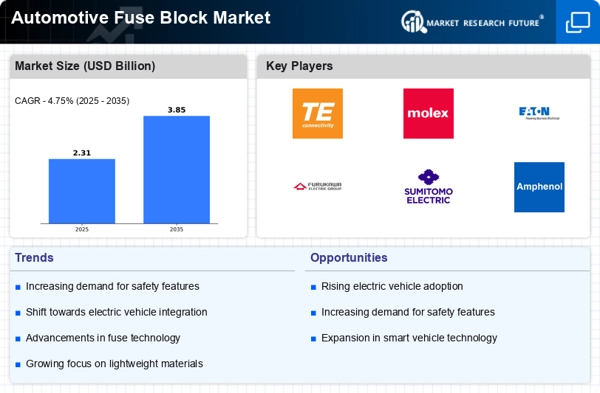
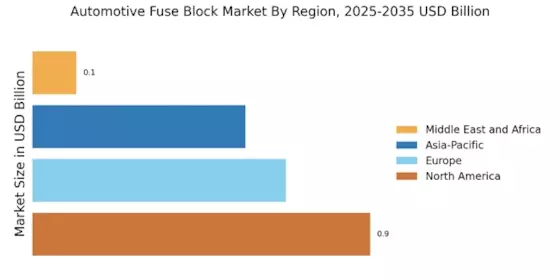
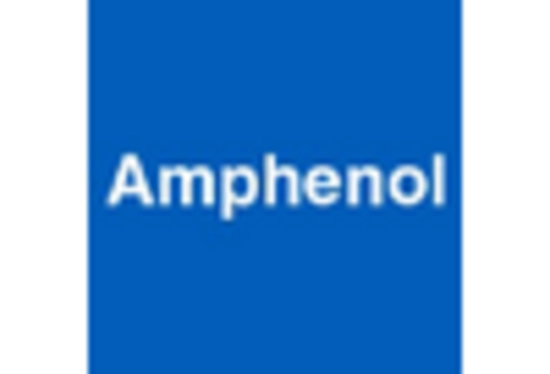

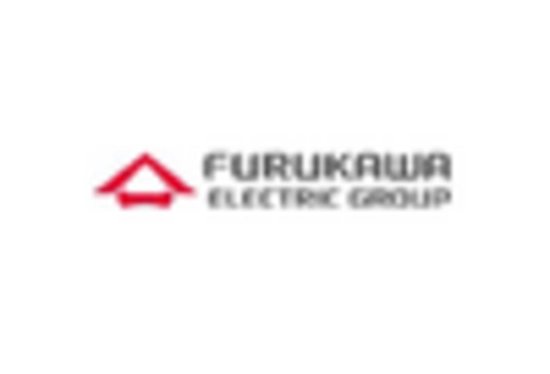

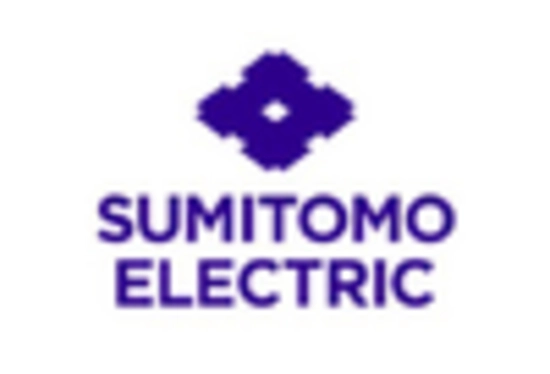









Leave a Comment